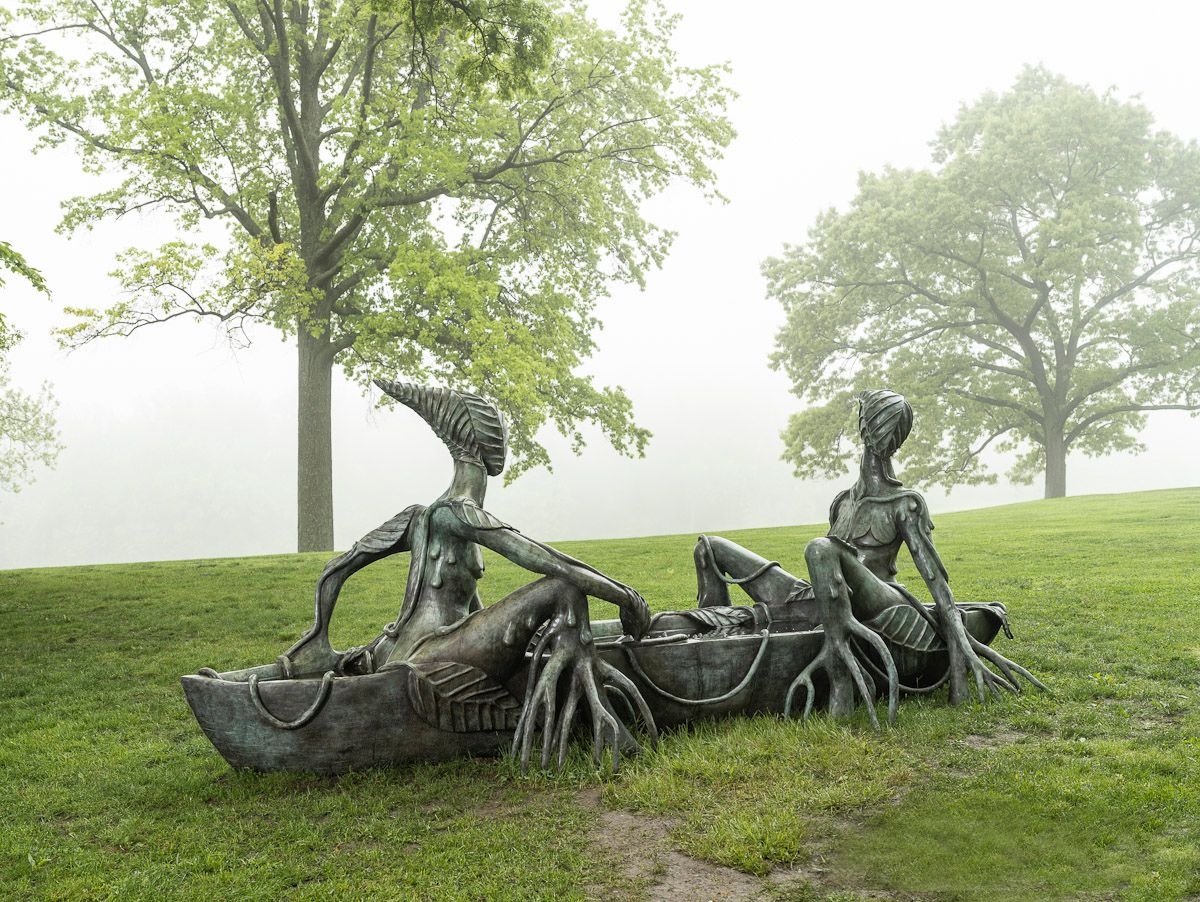Wangechi Mutu and Outlooks: Brandon Ndife
Until 7 November at the Storm King Art Center, 1 Museum Road, New Windsor, New York
The Storm King Art Center in upstate New York has devoted its main seasonal exhibition to the esteemed Kenyan-American artist Wangechi Mutu. The artist has populated a focal point of the sculpture park known as “museum hill” with eight large-scale bronze sculptures, including the anthropomorphic Crocodylus (2020) which fuses a female figure and a crocodile—and appears to survey the park with a kingly quality—and the fountain In Two Canoe (2022) that depicts two figures fusing with the natural environment. The indoor portion of the show features several new sculptures made primarily from raw materials and two films exploring mythological references in Mutu’s practice, titled My Cave Call (2021) and Eat Cake (2013). And as part of its Outlooks programme, an initiative launched to champion the work of emerging and mid-career artists, the centre has commissioned the young Brooklyn-based sculptor Brandon Ndife to create the site-specific work Shade Tree (2022). The work, which is encircled by maple trees, amalgamates several household objects into a pyramidal stack, conceptually referencing city planning studies that have shown a discrepancy between the number of trees planted in affluent and poorer communities.
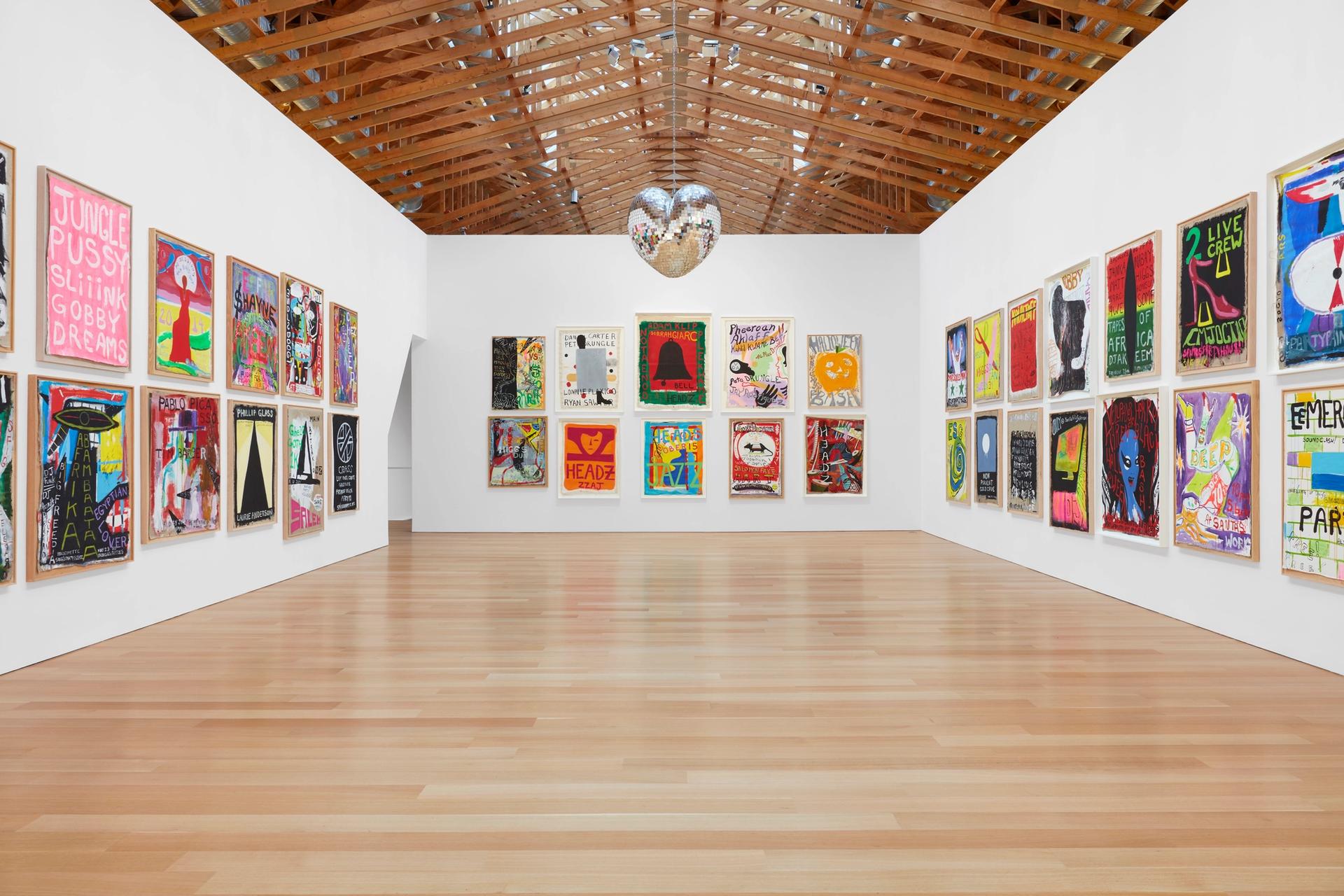
Installation view of Spencer Sweeney: Perfect at the Brant Foundation in Greenwich, Connecticut. Tom Powel Imaging.
Spencer Sweeney: Perfect
Until 15 September at the Brant Foundation, 941 North Street, Greenwich, Connecticut
The American artist and former noise and house musician Spencer Sweeney presents a series of compelling paintings for the Brant Foundation’s summer exhibition, from evocative self-portraits to dwarfing compositions that ironically but masterfully nod to art historical motifs, from bathers and odalisques to Matisse cut-outs. A salon-style gallery upstairs features several poster-like paintings that honour Sweeney’s eclectic but expectedly fashionable myriad of muses, ranging from the designer Telfar Clemens, the mind behind the ubiquitous handbags that have been called the “Bushwick Birkin”, to the minimalist composer Philip Glass and the influential British anarcho-punk band Crass. Sweeney explains the title of the exhibition as a philosophical idea that “contemplates the challenges in the full acceptance of life in its entirety—including of course the imperfect”. The psychologically-electrifying paintings contained therein, especifically the self-portraits, aim to depict the “difficult moments along the path of the creative process—which in the end, and with some perspective—might as well be perfect”.
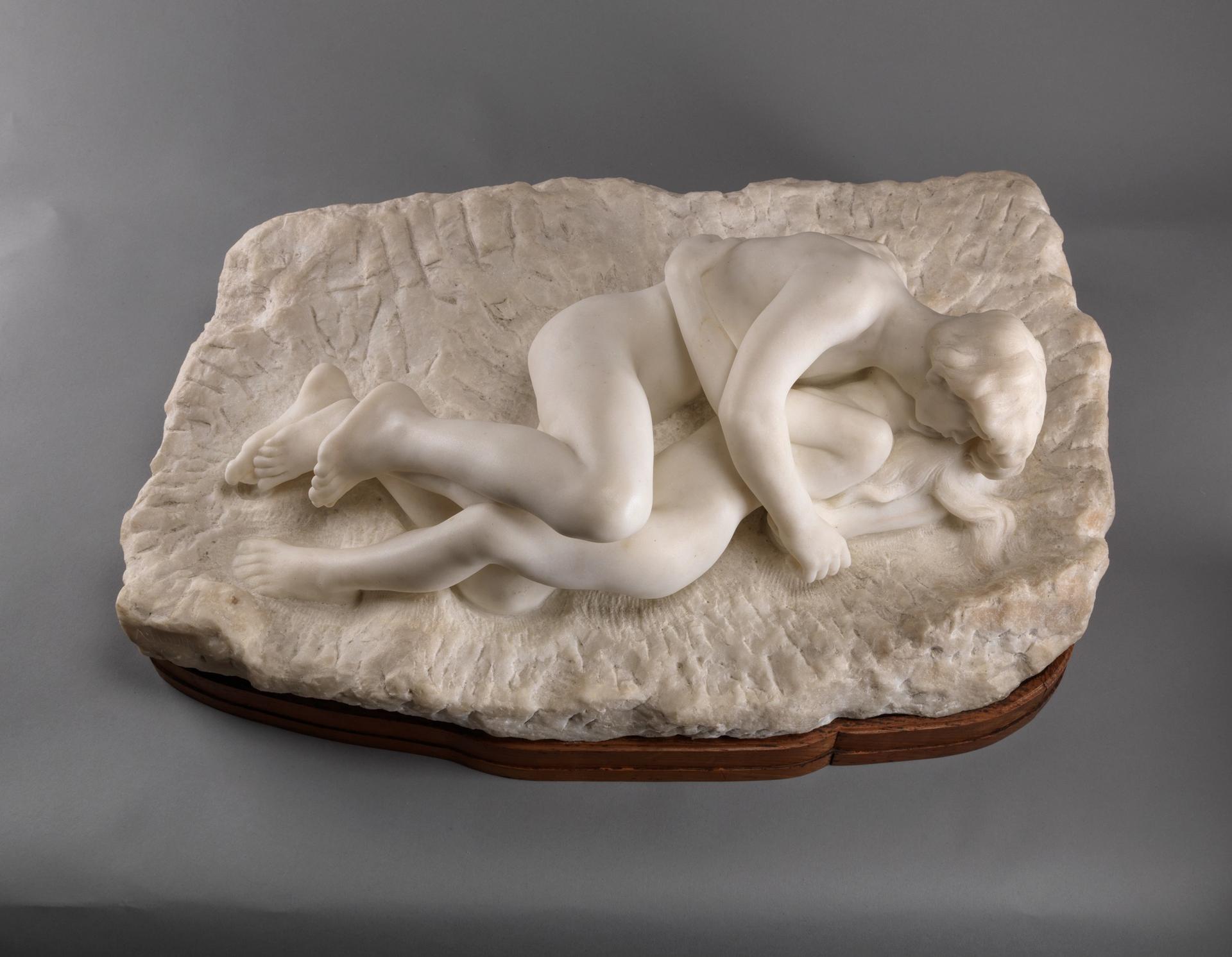
Auguste Rodin, Cupid and Psyche (before 1886). Courtesy The Clark Institute of Art.
Rodin in the United States: Confronting the Modern
18 June-18 September at The Clark Art Institute, 225 South Street Williamstown, Massachusetts
The Clark has astonishingly managed to produce new scholarship on Auguste Rodin in this exhibition. One of the first comprehensive shows to focus on Rodin’s legacy in the US, it features around 50 sculptures and 25 drawings that illustrate the dealers, collectors, art historians and critics who played key roles in contextualising Rodin’s work to non-European audiences. The show explores the ebbs and flows of his stateside trajectory. It traces events like the Metropolitan Museum of Art’s acquisition of Bust of Saint John the Baptist (1888)—the first Rodin acquisition made by an American museum, gifted to the Met in 1893 by the art dealer Samuel P. Avery—to the museum’s eventual construction of its beloved Rodin gallery. “The US, after France, is the country where Rodin is best represented in sculpture—terra cotta, plaster, marble, or bronze—as well as in drawing,” says Antoinette Le Normand-Romain, a Rodin scholar and guest curator of the exhibition. “The history of these collections, whether public or private, constitutes a history of taste whose vagaries form part of the history of modernity.”
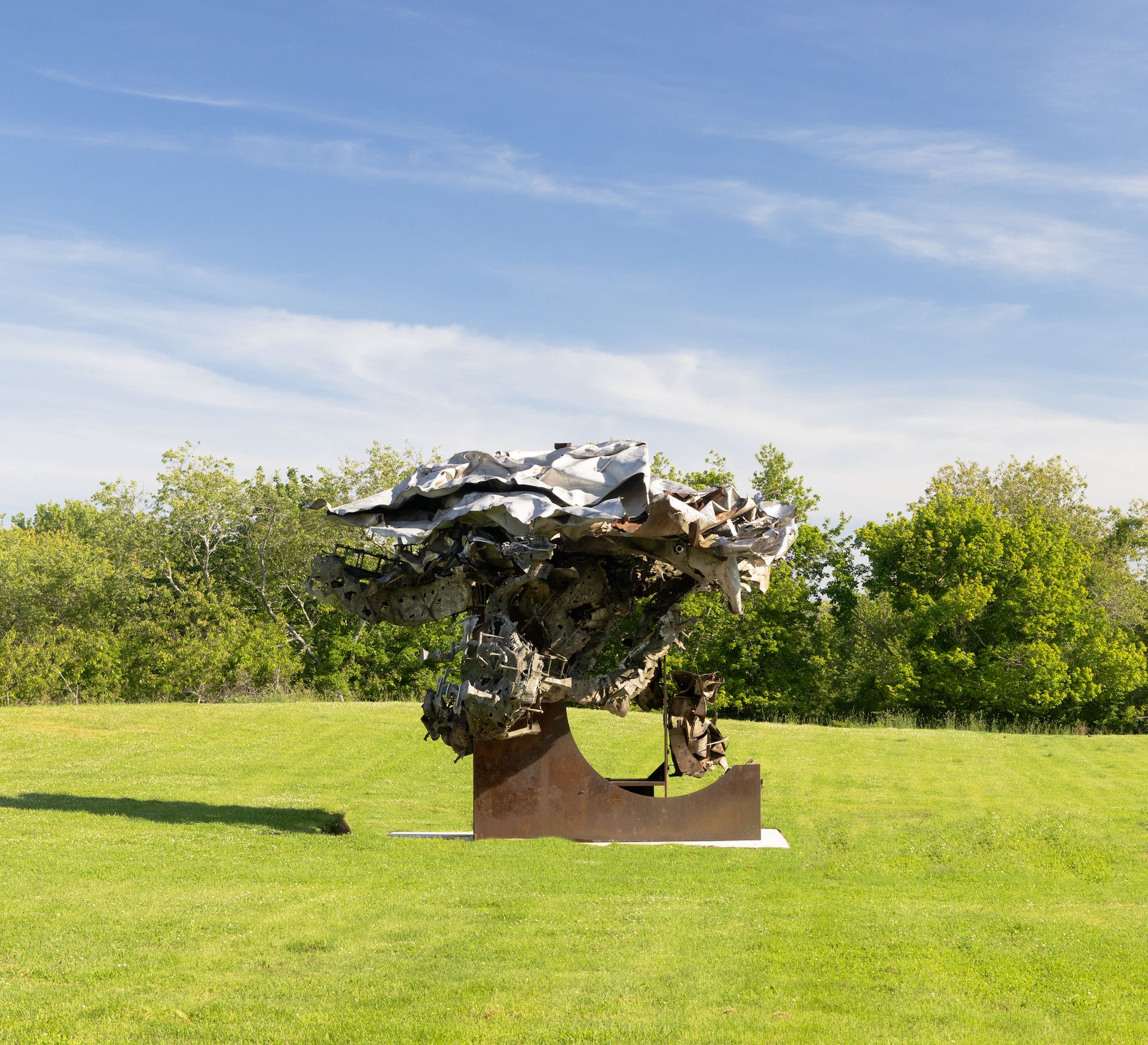
Frank Stella, The Cabin, Ahab, & Pip (1993) Courtesy The Ranch
Frank Stella: Sculpture
25 June-1 November at The Ranch, 8 Old Montauk Highway, Montauk, New York
The Ranch, a bucolic Montauk compound repurposed into an art oasis by the former Marlborough Gallery heir Max Levai, will present a series of monumental sculptures by Frank Stella in its seasonal exhibition. The works date from 1993 and after, when Stella began using computer-aided drafting techniques to create three-dimensional works that expanded his practice from hard-edge painting. The show includes one colossal sculpture that has never left Stella’s warehouse studio in upstate New York, a stainless and carbon steel work titled The Cabin, Ahab, & Pip (1993) which visitors can physically enter. The show also includes works that previously served as the centrepieces of major museum surveys dedicated to the artist, including at the Aldrich Contemporary Art Museum and the Whitney Museum of American Art. The indoor portion of the exhibition is expected to close on 3 August, while the outdoor presentation will remain on view until the autumn. Ahead of Stella’s exhibition, Levai is hosting a show of works by the prolific German painter Werner Büttner, which has traveled from the Hamburger Kunsthalle.
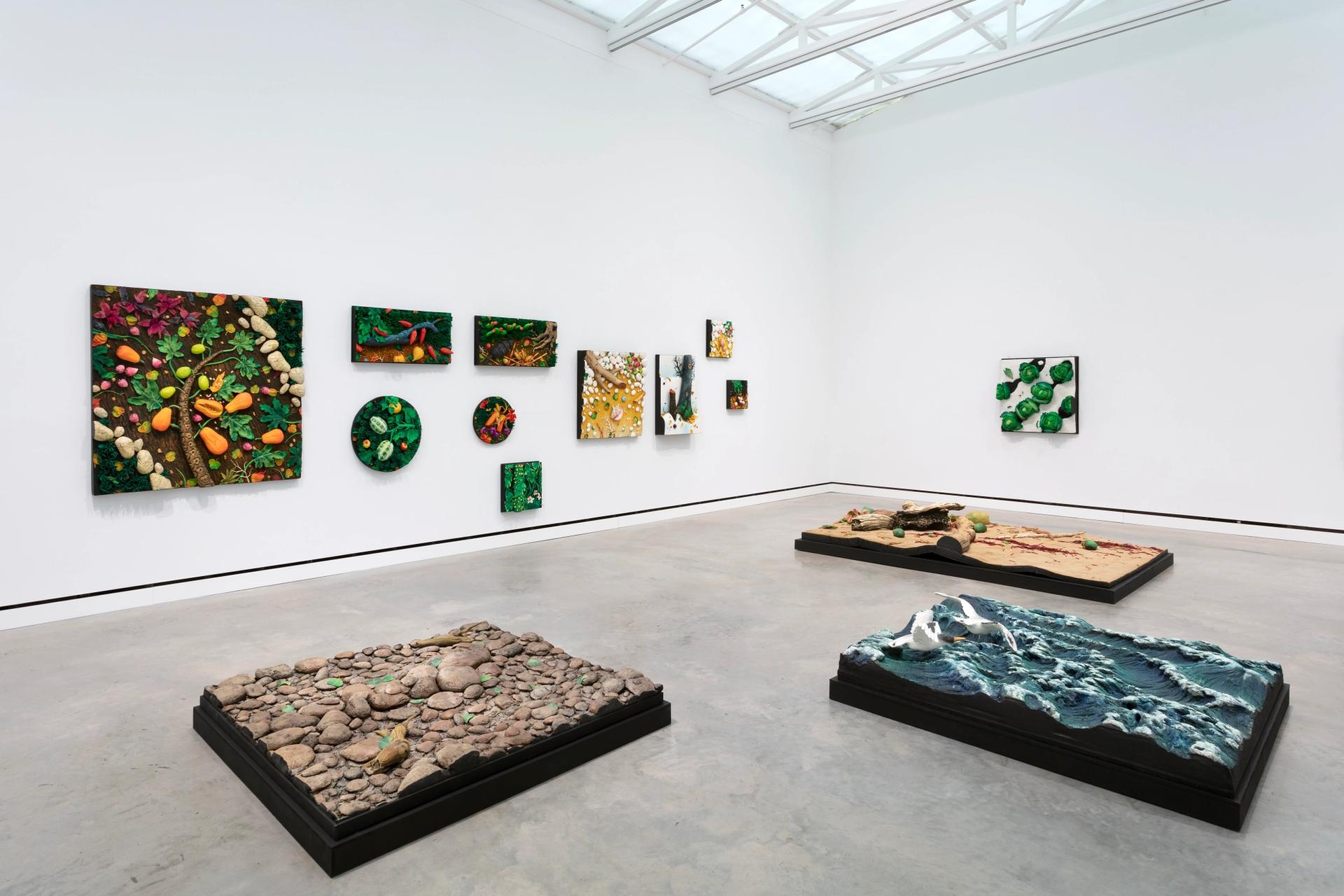
Installation view of Gilardi: Tappeto-Natura at Magazzino Italian Art. Marco Anelli/Tommaso Sacconi.
Gilardi: Tappeto-Natura
Until 9 January 2023 at Magazzino Italian Art, 2700 Route 9, Cold Spring, New York
This comprehensive survey devoted to the Turin-based Italian artist Piero Gilardi focuses on a body of work the artist began in the mid-1960s called “tapetto-natura”, or “nature carpet”, which reflects on the fragility of nature amid heightened industrialisation and the role of art-making in raising awareness of ecological issues. The highly stylised polyurethane sculptures capture scenes from the Ligurian coast, Italian gardens and other habitats. Gilardi, who was once represented by Sperone Westwater and Sonnabend, had shows in New York in the 1960s but fell into obscurity after taking a hiatus from the art world to focus on his involvement in Italian social justice movements. “Gilardi had strong values in terms of community and ecology and also accountability and what the role of an artist can be,” says the Magazzino director Vittorio Calebrese, who co-organised the exhibition with the art historian Elena Re. “The message is international, cooperative, extremely positive, inspiring and relevant as the world continues conversations around climate change.” Visitors to Magazzino will also see the shell of a new building on the campus, part of a major expansion for the Art Povera centre led by the Spanish architect Miguel Quismondo that is due to be unveiled next year.
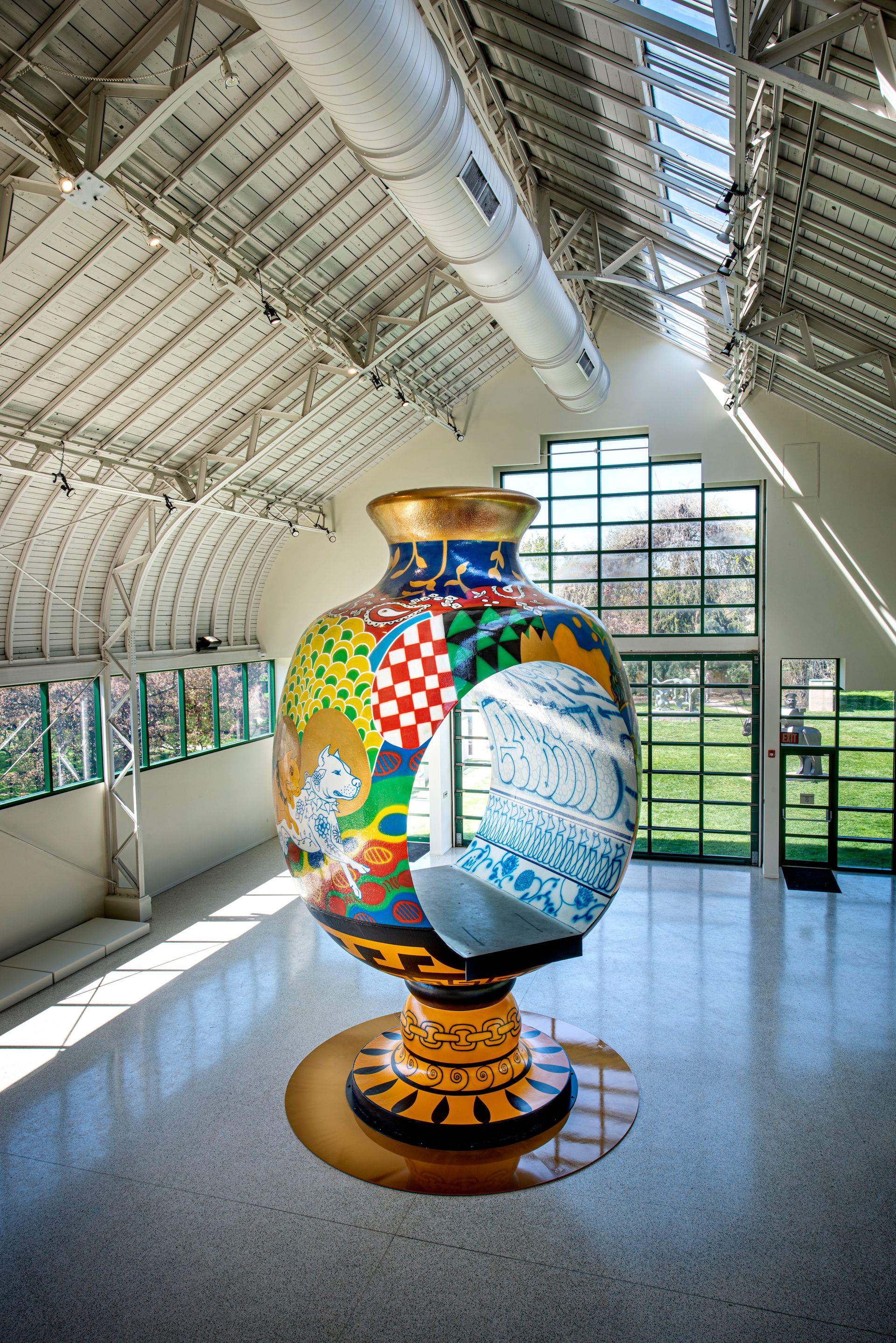
Roberto Lugo, Put Yourself in the Picture, 2022, at Grounds For Sculpture Courtesy of the Artist. Photo credit: Ken Ek
Roberto Lugo: The Village Potter
Until 8 January 2023 at Grounds for Sculpture, 60 Sculptors Way, Hamilton, New Jersey
“One of the reasons why I put portraits on these pots is to look at history and re-contextualize the ceramic vessel,” the artist and educator Roberto Lugo told Interview magazine in 2020. “That, and really all decorative objects that have been used just for the wealthy.” Over the years his bold vases and teapots have paid tribute to figures including the rapper Tupac Shakur, the athlete Colin Kapernick, the civil rights activist Frederick Douglass and victims of police violence including Michael Brown. For Lugo the point is not only to introduce the images and stories of people of colour to materials and forms from which they have long been excluded, especially in the West, but also to spark conversations about those people, their exclusion and the history of ceramics and domestic objects. “When I make a teapot, I’m thinking about the accessibility of that particular vessel,” Lugo told Interview. “Usually when people sit down and drink tea, it’s more than one person and it happens around a conversation.” He was an artist-in-residence at Grounds for Sculpture in the months leading up to this exhibition, during which time he executed several large-scale works and one monumental piece. He has also curated a companion exhibition featuring works by his mentors and artists whom he, as a ceramics professor at Philadelphia’s Tyler School of Art and Architecture, has mentored. "For my exhibition at Grounds For Sculpture, I reflected on what it means to be the ‘village potter'—both in terms of celebrating the people who have paved the way forward for me and striving to build that sense of community support for others," Lugo says. "Art builds empathy as well as an understanding of other people that will lead us to see ourselves in one another and grow a family rather than a society."
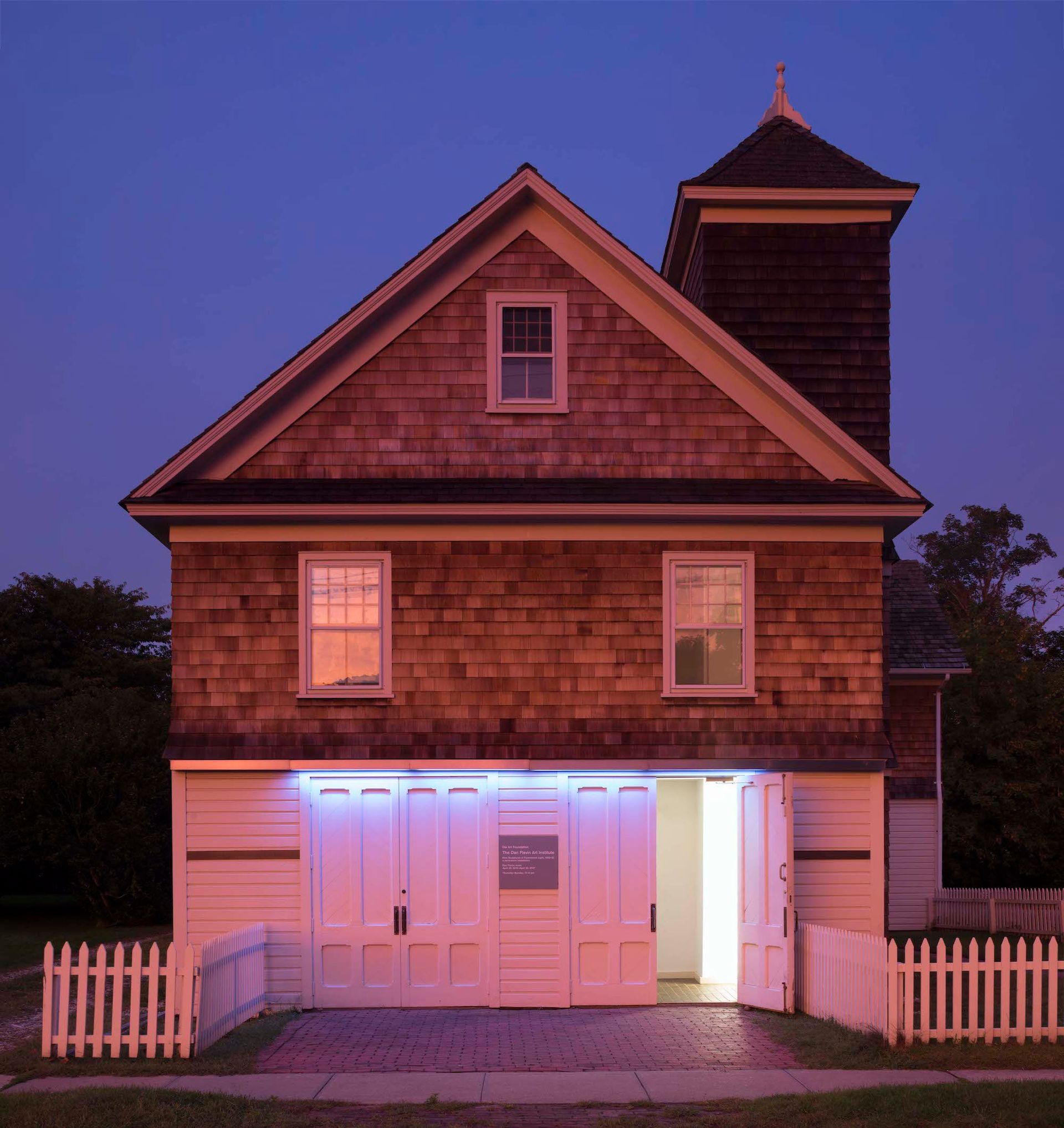
Dia Bridgehampton Photo by Bill Jacobson, courtesy the Dia Art Foundation
Leslie Hewitt
24 June 2022-5 June 2023 at Dia Bridgehampton, 23 Corwith Avenue, Bridgehampton, New York
At the Dia Art Foundation’s property in the Hamptons—a former firehouse that then became a Baptist church before being transformed by the artist Dan Flavin—the New York-based artist Leslie Hewitt will continue her pursuit of Post-Minimalist sound and sculpture in this year-long exhibition and accompanying performances. Inside the building’s gallery will be three bronze sculpture referencing the three bays that shape the east end of Long Island. Outside the building, a matte bronze figure atop a locally sourced boulder points skyward. As part of the exhibition, Hewitt has collaborated with artist and musician Jamal Cyrus on a score, which will be present in the gallery via a monitor. Throughout the run of the show, at venues in New York City and Long Island, musicians Rashida Bumbray-Shabazz, Jason Moran and Immanuel Wilkins will offer their own musical responses to Hewitt and Cyrus’s score.
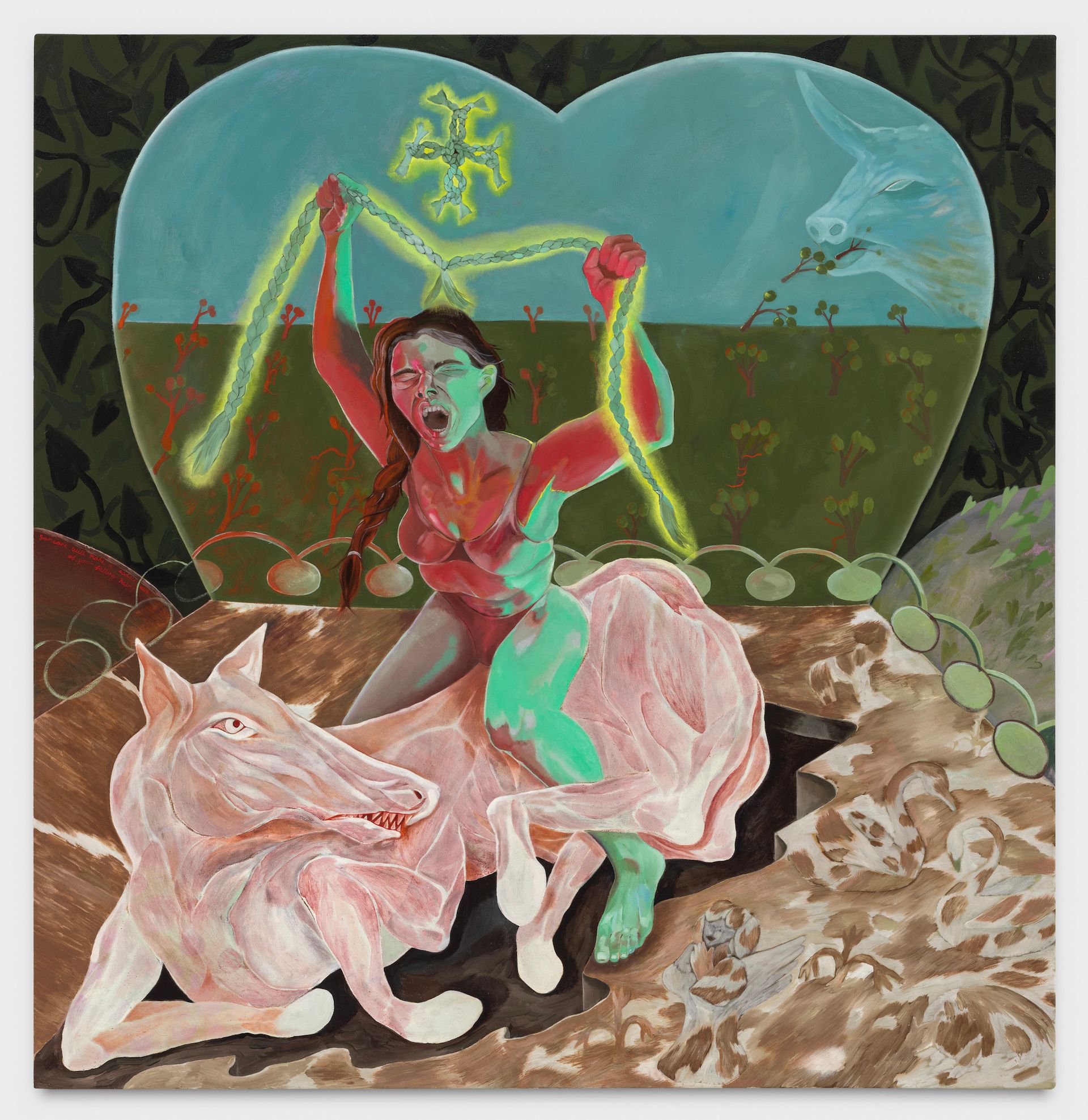
Astrid Terrazas, someone will make a Saddle out of your falling hair, 2021 Courtesy of the artist and P.P.O.W., New York. Photo: Stan Narten
52 Artists: A Feminist Milestone
Until 8 January, 2023 at the Aldrich Contemporary Art Museum, 258 Main Street, Ridgefield, Connecticut
In 1971, the Aldrich opened Twenty Six Contemporary Women Artists, a landmark show curated by feminist art critic and curator Lucy R. Lippard highlighting works by emerging women artists based in New York including Adrian Piper, Alice Aycock and Howardena Pindell. In the accompanying catalogue introduction, Lippard wrote that curating the show had “been an exhilarating and a depressing experience; exhilarating because I saw so much personal and esthetic strength, so much more good work than even I had suspected; depressing because of the spectacle of so many women torn between so-called femininity and their work (a choice that will, hopefully, soon be outdated), and because I couldn't see enough, because I had to make judgements and choices and narrow down several hundred artists to 26”. Now, 51 years later, the Aldrich has doubled the number of artists and expanded the group to female-identifying and nonbinary artists, bringing together works by artists from the original show and a new generation of artists, including Erin M. Riley, Ilana Harris-Babou and Tourmaline, with the contemporary selection curated by Aldrich senior curator Amy Smith-Stewart.


